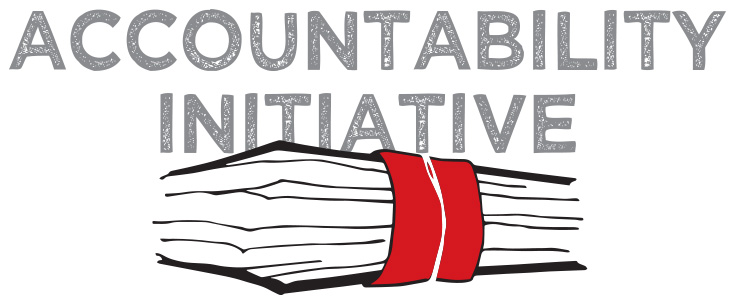
Right to Public Service Acts
10 December 2012
I recently wrote this report for Accountability Initiative. It’s based off some research I did in Madhya Pradesh and Bihar on the implementation of the relatively newly passed right to public service acts in those states. I find the development of these Acts – in over a dozen states in the past couple years – fascinating for several reasons. First, it’s an example of a state-led legislative movement. There have certainly been proponents of a similar act in the center, such as Anna Hazare/IAC and NCPRI, but it’s the states – usually led by their Chief Ministers – that have gotten this rolling (the center still hasn’t passed anything similar). The implementation and political commitment to these acts certainly varies by state, but it’s something that the states seem to be proudly owning and working to be innovators in. The first movers tended to be NDA states, but now the states that are passing such acts encompass a much broader political spectrum.
Second, these acts seem to be an example of the migration of a legal technology from one setting to another. The state acts almost all incorporate a triggered penalty against a bureaucrat if they do not provide a designated service (such as giving an income or residence certificate) within a set number of days. The inspiration for this triggered penalty seems to have clearly come from the Right to Information Act where the penalty was perceived by many to be critical to the success of that Act. In reality, many Right to Information Act activists have criticized the triggered monetary penalty in the RTI Act for not being that effective, but in the struggle to implement laws, policymakers have come across one tool that they perceived to be successful in one context and are now using it in another context.
Third, despite this borrowing from one context to another, it’s unclear whether the triggered monetary penalty is the right tool for the job. There needs to be much more focus on grievance redress for public services, and citizens should have and should demand much stronger procedural safeguards. Too often there is a sense of impunity amongst bureaucrats, especially when they deal with the poor concerning public services. Yet, I couldn’t find another country that has a similar triggered monetary penalty they use to ensure their bureaucrats perform their jobs correctly. They reprimand/demote/fire officials for not following the law or not performing at a certain standard, but this triggered monetary penalty seems different. That certainly doesn’t mean that a triggered monetary penalty can’t be effective at helping ensure officials implement policy, but it should make us wonder about what other reforms might be necessary. This is especially true because some states that have passed Right to Service Acts have had very poor implementation, while in others the implementation has been reasonably good – or rather, service delivery has been seen to improve when a package of reforms has been brought in (such as in Bihar, and to some extent MP). However, it’s not clear which of the reforms are causing the largest impact in the improvement of service delivery.
These Acts are a clear manifestation of the ever-rising demand for better public service delivery in India. Although many lawyers are already deeply and passionately involved in helping meet this demand, I think there is a need for more lawyers, and in particular legal academics, to play a larger role. Administrative law clearly plays a central role in these debates, but the little I’ve been exposed to how administrative law is taught in India hasn’t convinced me that it’s preparing students to grapple with these challenges – particularly how administrative law relates to and effects policy implementation. (As an aside, I wrote an op-ed a while back on how rulemaking might be reformed to improve responsiveness to citizens). Service law is another natural area that legal academics could contribute more in improving service delivery. What legislative (and constitutional) framework would allow sufficient protections to government employees – for what, after all, is often a thankless and difficult job – while also properly incentivizing employees to do their jobs? What are the tradeoffs involved with different laws and institutional design proposals? It strikes me that the Right to Service Acts are in many ways trying to create an alternative penalization mechanism because current service law has proved inadequate to the task. Yet, in the long-term such a bypass strategy is likely simply delaying larger changes that need to be made, including deploying a far broader array of incentives and disincentives for bureaucrats within existing service and administrative law.





